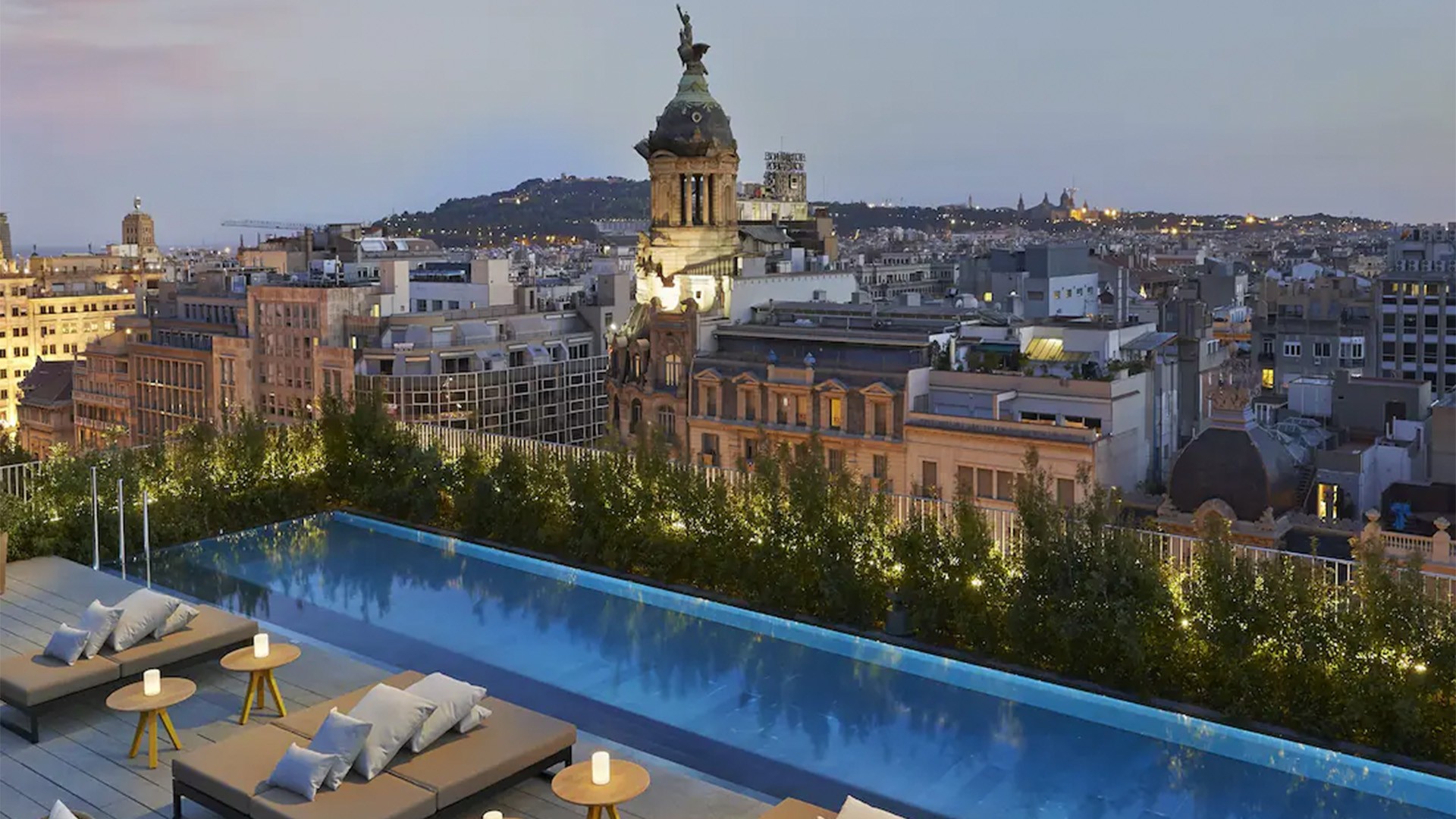Barcelona is a city that exudes elegance and sophistication in every corner and Paseo de Gràcia is a clear example of this. Since the 19th century, this boulevard has been the epicenter of Catalan high society life and its history is reflected in the architecture of its buildings and the exclusivity of its establishments.
Here history blends with modernity and visitors can enjoy an unsurpassed experience.
Luxury, elegance and sophistication in Paseo de Gràcia
Passeig de Gràcia is home to historic buildings that once housed Catalonia’s wealthiest families. Today, these buildings have become authentic architectural gems that house some of the most exclusive hotels in the city.
History is exhibited through its shop windows, exclusive stores and haute cuisine.
The Spa at Mandarin Oriental: a haven of wellness
In the former Banco Hispano-Americano building (dating from 1955 and designed by architect Manuel Ignacio Galindez), is the luxurious Mandarin Oriental hotel. Despite its austere appearance from the outside, the interior is a masterpiece of design. On the first floor, a 1,000-square-meter spa offers an oasis of wellness. Here, guests can enjoy exclusive treatments in eight spacious cabins designed by expert therapists. The star treatment, “Oriental Essence”, is an anti-stress body massage that combines movements inspired by oriental therapies and personalized essential oils.
Monument Hotel: cocktails in a spectacular lobby
The Hotel Monument, a neo-Gothic palace built in 1895 as a residence for the industrialist Enric Batlló, is now Barcelona’s gastronomic destination par excellence. This member of the Preferred Hotels & Resorts collection is the only hotel in Spain with four Michelin stars under the gastronomic direction of Martín Berasategui. Inside, visitors will find a spectacular lobby designed to enjoy the moment, whether with an aperitif, coffee, champagne or cocktails. In addition, starting in October, Wednesdays will feature a specialist bartender from Paradiso, recognized as the Best Cocktail Bar in the world.
Jazz at the Café Vienés of Casa Fuster
The Casa Fuster building, designed by Lluís Domènech i Montaner in 1908, is a symbol of Catalan modernist architecture. Its white marble facade, red stone columns and floral ornamentation make it an architectural jewel. In the 1940s, the Fuster family’s event room became the Café Vienés, a meeting place for artists and intellectuals of the time. Piano music is enjoyed every day, but Thursdays are special for jazz lovers, with local and international artists performing live.




